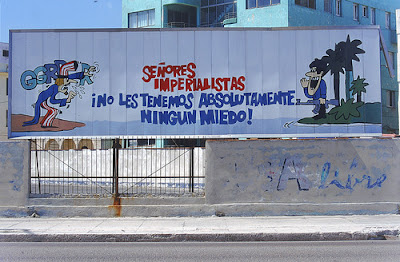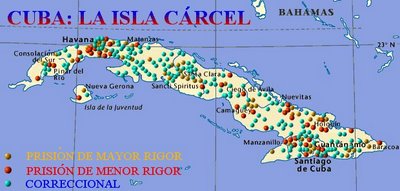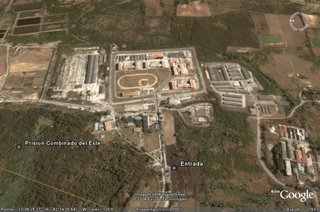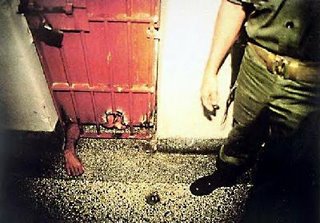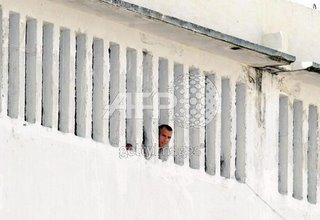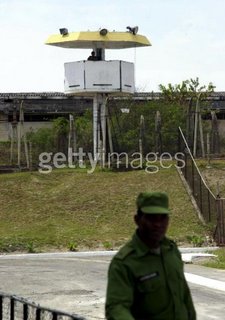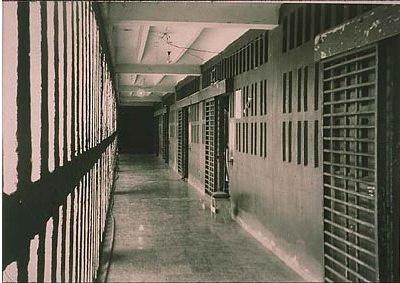Cuban graffiti artist (a.k.a., 'El Sexto) draws graffiti all over his passport in protest for the Castro regime's violation of the freedom of movement. Cuba is only a among the few repressive nations worldwide in which a citizen needs a special permission from his own government to travel abroad. El Sexto has been detained and harassed for his graffiti by the National Revolutionary Police (PNR) of Cuba and the State Security Police. For more graffiti art, visit the Blog: 'El Sexto
"I will keep drawing graffiti until I find out why I keep doing it.I do so because I feel the need - as I need to walk, dream.Never stop dreaming because you can also change things.El Sexto is the Cuban people.I am merely the one who draws the graffiti.All the Cuban people are heroes: from the child who wakes up in the morning and does not have breakfast to eat until the worker who shows up for work despite his meager salary."
Blog: 'El Sexto








